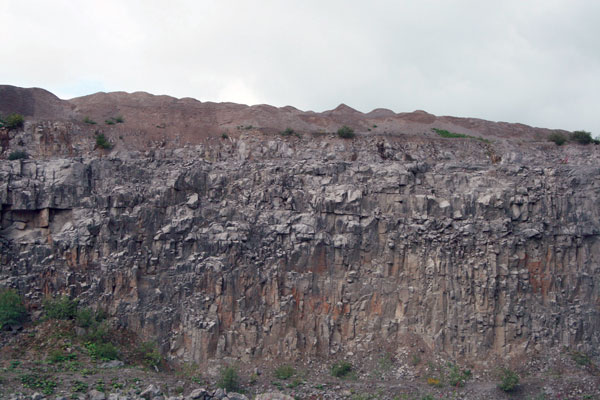Effects of age and type
Limestone, a key element in the cement raw material mix, does not occur as a homogenous body of rock, but can vary widely in age and type across the world. These differences can have significant effects on cement production. Arthur Harrisson considers the effects of limestone age and type on the rock’s properties such as hardness, chemistry, grindability and burnability in various stages of the cement production process.

Limestone deposits used for cement manufacture vary widely in age and type
and as such can affect the production process
Limestone deposits used for cement manufacture range from the very old, such as the Precambrian and Cambrian Limestones of South Australia and the Upper Ordovician Lindsay Formation on the north shore of Lake Ontario in Canada, to the very recent, such as the shell sands which have been exploited as cement raw material from coastal areas such as San Francisco Bay, Iceland and Western Australia. Some were deposited at the bottom of oceans, some in coral seas and some as calcretes in semi-arid regions on land.
The common factor for all of these limestones is a high content of calcium carbonate, but the differences between them can be appreciable. The variability includes chemical and physical factors which may affect their suitability or ease of use as clinker raw material.

